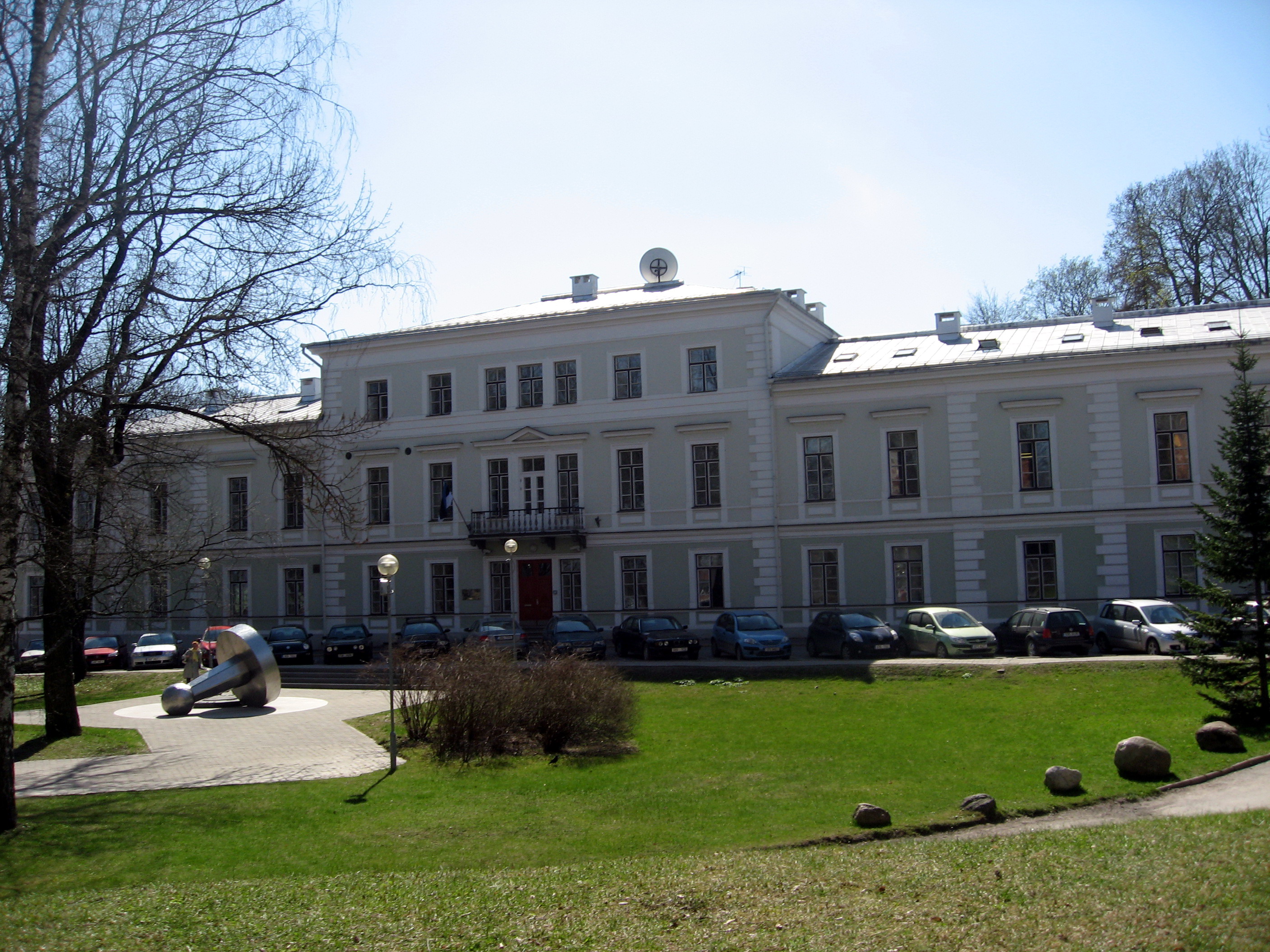|
Ubina Hoard
The Ubina Hoard is a wealth deposit of silver coins and jewelry found in the village of Salu, Harju County in Estonia in 2005. The oldest items in the hoard probably date from the Viking Age but the hoard seems to have been deposited during the beginning of the 12th century. The archaeological site was subjected to looting the day after its discovery, but coins and jewelry fragments later surfaced in Germany and led to successful legal prosecution of the looter and the return of the looted items to the authorities. Discovery, looting and legal process The hoard was discovered in Salu village by an amateur archaeologist who on 26 April 2005 informed Estonian authorities of the finding. Experts from the National Heritage Board of Estonia and the University of Tallinn examined the site and decided to initiate a rescue excavation of the area. The excavation would eventually take two weeks. However, already after the first day of excavating on the site and despite efforts to keep the ... [...More Info...] [...Related Items...] OR: [Wikipedia] [Google] [Baidu] |
University Of Tallinn
Tallinn University (TLU; et, Tallinna Ülikool, ''TLÜ'') is a public research university in Estonia. Located in the centre of Tallinn, the capital city of Estonia, Tallinn University is one of the three largest institutions of higher education in the country. Both QS World University and Times Higher Education rankings place it among the top 1000 universities in the world. History Tallinn University's predecessor, Tallinn Teachers' Seminar, was founded in 1919. Tallinn University in its present form was established on 18 March 2005 as the result of a merger of several universities and research institutions in Tallinn: Academic Library of Estonia (1946), Baltic Film and Media School (1992/97), Estonian Institute of Humanities (1988), Institute of History (1946) and Tallinn Pedagogical University (1919/52/92). In 2015, Tallinn University underwent a structural reform, whereby its 20+ structural units (the legacy of the numerous mergers leading to its establishment) were reorganiz ... [...More Info...] [...Related Items...] OR: [Wikipedia] [Google] [Baidu] |
Supreme Court Of Estonia
The Supreme Court of Estonia ( et, Riigikohus) is the court of last resort in Estonia. It is both a court of cassation and a constitutional court. The courthouse is in Tartu. History During the first independence period (1919-1940) With the First Constitution of Estonia and the Supreme Court Act, the Estonian Constituent Assembly established the Supreme Court of Estonia as a court of cassation on 21 October 1919. The first Justices of the Court were Kaarel Parts (Chief Justice), Paul Beniko, Rein Koemets, Jaan Lõo, Hugo Reiman, Martin Taevere and Peeter Puusepp. The Court first sat in Tartu Town Hall on 14 January 1920. During the centralisation of power in 1935, the Supreme Court was transferred to Tallinn, operating from a specially remodelled building on Wismari Street. When the Court last sat on 31 December 1940, it accepted an order by the government of the Estonian SSR to disband itself as of 1 January 1941. Soviet occupation (1940-1991) The Supreme Court of the Estoni ... [...More Info...] [...Related Items...] OR: [Wikipedia] [Google] [Baidu] |
Law Of Estonia
According to the Constitution of Estonia ( et, Põhiseadus), the supreme power of the state is vested in the people. The people exercise their supreme power of the state on the elections of the Riigikogu through citizens who have the right to vote. The supreme is vested in the or , with 17 justices. The Chief Justice is appoin ... [...More Info...] [...Related Items...] OR: [Wikipedia] [Google] [Baidu] |
Archaeology Of Estonia
Archaeology or archeology is the scientific study of human activity through the recovery and analysis of material culture. The archaeological record consists of artifacts, architecture, biofacts or ecofacts, sites, and cultural landscapes. Archaeology can be considered both a social science and a branch of the humanities. It is usually considered an independent academic discipline, but may also be classified as part of anthropology (in North America – the four-field approach), history or geography. Archaeologists study human prehistory and history, from the development of the first stone tools at Lomekwi in East Africa 3.3 million years ago up until recent decades. Archaeology is distinct from palaeontology, which is the study of fossil remains. Archaeology is particularly important for learning about prehistoric societies, for which, by definition, there are no written records. Prehistory includes over 99% of the human past, from the Paleolithic until the advent o ... [...More Info...] [...Related Items...] OR: [Wikipedia] [Google] [Baidu] |
.jpg)

.jpg)